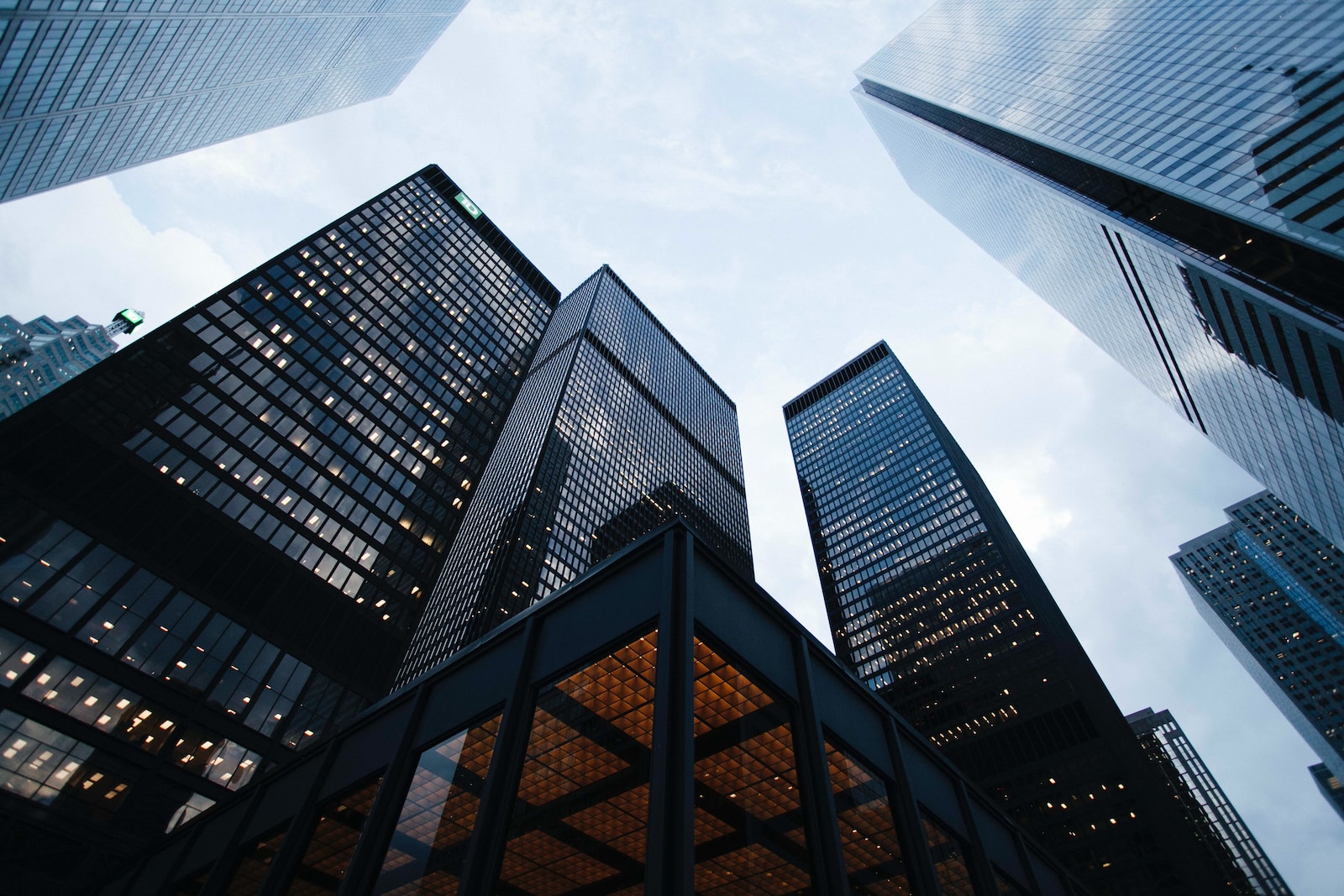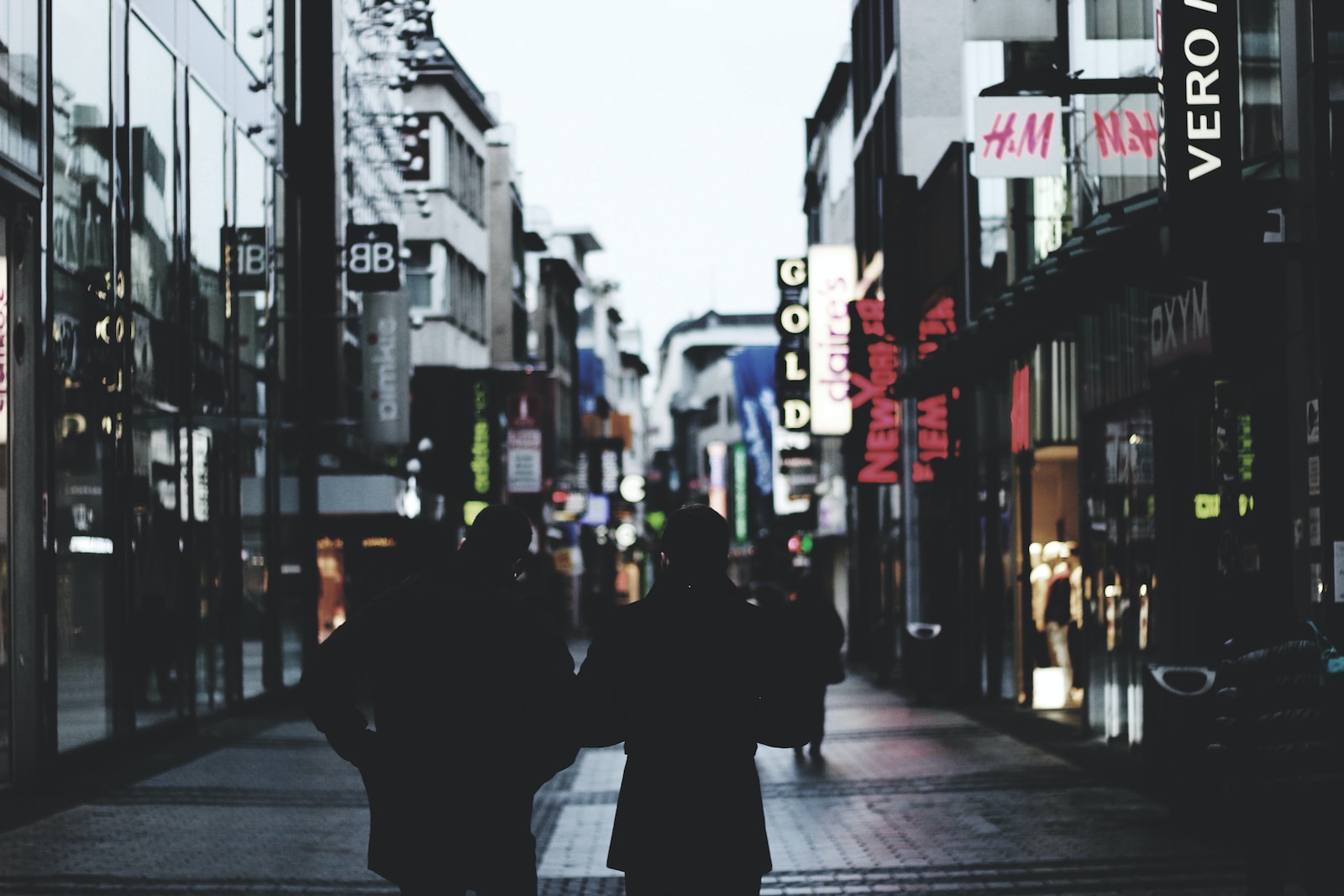
Photo by Gruendercoach on Pixabay
By [Your Name]

Introduction
Manhattan, the heart of New York City, is renowned for its iconic skyline and vibrant real estate market. Over the years, this bustling island has witnessed remarkable shifts in its architectural landscape and real estate trends. In this article, we will take a journey through time, exploring the evolution of Manhattan’s real estate from the 1970s to the present day. We will delve into the economic challenges, urban decay, the rise of gentrification, landmark preservation, and the changing skyline that have shaped the Manhattan we know today.
Economic Turmoil and Urban Decay
The 1970s brought economic uncertainty to New York City, and Manhattan felt the impact. Manufacturing jobs declined, crime rates rose, and city services were inadequate. These factors led to an exodus of middle-class residents from Manhattan, leaving many residential buildings abandoned or in disrepair. Neighborhoods such as the Upper West Side, Harlem, and the Lower East Side suffered neglect and disinvestment, resulting in a surplus of available housing units that drove down prices.
Landlords struggled to maintain their properties amidst economic turmoil, leading to a decline in property values. The 1970s marked a period of urban decay in certain areas, where iconic neighborhoods experienced a significant decline. However, this era also paved the way for the rise of gentrification.
The Rise of Gentrification
While the 1970s presented challenges for Manhattan’s real estate market, they also laid the foundation for the phenomenon of gentrification. Young professionals, artists, and entrepreneurs sought affordable spaces and were drawn to the character and charm of historic neighborhoods with cheaper housing options. This movement led to the transformation of neighborhoods like SoHo, which had primarily been industrial areas.
In SoHo, artists and creative minds converted lofts into living spaces and studios, reinvigorating the neighborhood. This influx of artistic talent not only transformed the real estate dynamics but also brought about the integration of art galleries, upscale boutiques, and trendy restaurants. SoHo became a symbol of the gentrification trend that would reshape Manhattan’s real estate landscape.
Landmark Preservation and Development
Amidst the challenges of urban decay and the promise of gentrification, the 1970s witnessed significant efforts to preserve Manhattan’s architectural heritage. Activists rallied to protect iconic buildings from demolition and advocated for the designation of certain areas as historic districts. The Landmarks Preservation Commission, established in 1965, gained prominence during this time, safeguarding the city’s architectural treasures.
Simultaneously, urban development projects were initiated to revitalize neighborhoods. One such project was the creation of Battery Park City, a planned community on the Lower West Side. This ambitious project aimed to bring new life to the area by incorporating a mix of residential, commercial, and recreational spaces. Battery Park City exemplified the city’s commitment to revitalizing urban spaces and reimagining real estate for the modern era.
The Changing Skyline
The 1970s witnessed the construction of notable skyscrapers that would come to define Manhattan’s skyline. Among these iconic additions were the twin towers of the World Trade Center, completed in 1973. These towers not only stood as symbols of the city’s resilience but also introduced a new era of modern architecture to the island.
As the years passed, Manhattan’s skyline continued to evolve. The 1980s saw the completion of the Chrysler Building, an Art Deco masterpiece that still captivates visitors. The 1990s brought us the distinctive Flatiron Building, an architectural gem nestled between Fifth Avenue and Broadway. The turn of the millennium saw the rise of the Time Warner Center, a mixed-use complex that added a touch of modernity to the skyline.
The 21st Century: Luxury Condos and Sustainable Designs
As we entered the 21st century, Manhattan’s real estate market experienced a shift towards luxury condos and sustainable designs. High-end residential developments like One57 and 432 Park Avenue became synonymous with opulence and breathtaking views. These skyscrapers, with their sleek designs and luxurious amenities, attracted wealthy individuals from around the world.
Simultaneously, sustainability became a prominent aspect of real estate development in Manhattan. Buildings like the Bank of America Tower and the Hearst Tower incorporated eco-friendly features, setting new standards for environmentally conscious architecture. The city’s commitment to sustainability extended beyond individual buildings to the creation of green spaces and parks, such as the High Line, a repurposed elevated railway turned urban oasis.
The Future of Manhattan Real Estate
Looking ahead, Manhattan’s real estate market is poised for continued transformation. The COVID-19 pandemic has brought new challenges and opportunities, with remote work and changing lifestyle preferences influencing the demand for residential and commercial spaces. As the city recovers and adapts, we can expect to see innovative designs, flexible workspaces, and a renewed focus on community-oriented developments.
As the past has shaped Manhattan’s real estate landscape, so too will the future. The lessons learned from the challenges of the 1970s, the rise of gentrification, landmark preservation efforts, and the changing skyline will continue to inform urban development and real estate trends in Manhattan. The city’s resilience and ability to adapt will ensure that the Manhattan skyline remains a testament to human creativity and innovation.



